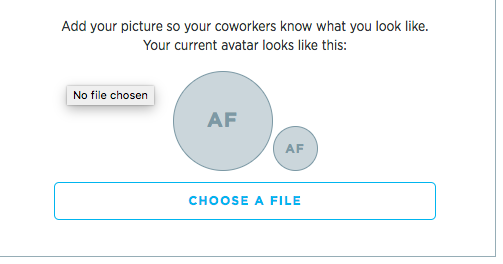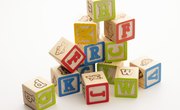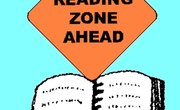When we read for pleasure, we rarely have a problem getting absorbed in what we're reading. After all, we selected the book or magazine and are looking forward to reading it. However, when we have an assignment that has been given to us rather than self-selected, it may be difficult to get interested. This is where the differences between active and passive reading come into play.
Tip
Active readers engage with the text, whereas passive readers do not absorb what they are reading.
What Is the Difference Between Active and Passive Reading?
Every once in a while, even the most engaged students will look up from a page in their textbook and think, "What did I just read?" This is when you know you've been engaging in passive reading. When you're unclear on what you've read and when you can't describe it to a friend or a professor, you've very likely been reading passively.
What is passive reading, and how is it different from active reading? Reading is reading, correct? Not always. Passive reading is when a reader does technically read the words but absorbs next to nothing about what is written. Active readers begin reading with a desire to find out what is going to be said. Simply put, the difference between active and passive reading is the desire to learn something versus the desire to finish reading.
In more specific terms, active reading is when a reader reads critically and analytically. Readers approach the text with certain expectations and read what is written with an eye to how it relates to other things in their own lives or to the larger world.
The Importance of Active Reading
Especially in early elementary school, teachers cannot overstress the importance of active reading strategies. Active reading allows students to absorb what they have read. They make connections between texts, between real life events and between other expressions of ideas. Active reading means a student is engaging with the text in a deep and meaningful way.
Active reading doesn't only mean increased comprehension. It also fosters the opportunity for the student to develop new ideas and new ways of thinking. An active reader is more likely to seek out information about a topic of interest or ask questions when something is unclear. An active reader generally begins reading with some idea of what will be discussed and will have questions about what he has read.
What Are Some Active Reading Skills?
Teachers need to understand that new readers are not necessarily seeking meaning in the text they are given. This is especially true for students who have just mastered the art of word identification. These readers are slowly building their comprehension and should be taught active reading skills.
There are six main active reading skills: visualize, clarify, question, predict, connect and evaluate. These skills, when taken together, can help students to get the most out of their reading experience and to fully engage with the text.
The Six Active Reading Skills
- Visualize. Students should try as best as they can to paint pictures in their mind of what is being described in the text. Visualizing brings the text to life and helps students to connect more easily.
- Clarify. Take a moment to summarize or explain to yourself what you have just read. If you need to reread a sentence, take the time to do so until you have a clear understanding of what you've read.
- Question. Do you have questions about the text? Is there something about which it made you wonder? Write your questions down.
- Predict. Try to imagine or guess what might happen next based on what you've just read. If it's a story, what do you think will happen to the character? If it's a news article, where do you think this information is going to lead?
- Connect. Try to make connections between what you are reading and things that you've seen, felt or experienced in your own life.
- Evaluate. Think about what you've just read. Is there a theme? Does the author have a particular tone or attitude in the way she has written? Can you come to any conclusions? Try to develop an opinion about what you've read.
Related Articles
References
Writer Bio
Ashley Friedman is a freelance writer with experience writing about education for a variety of organizations and educational institutions as well as online media sites. She has written for Pearson Education, The University of Miami, The New York City Teaching Fellows, New Visions for Public Schools, and a number of independent secondary schools. She lives in Los Angeles.










